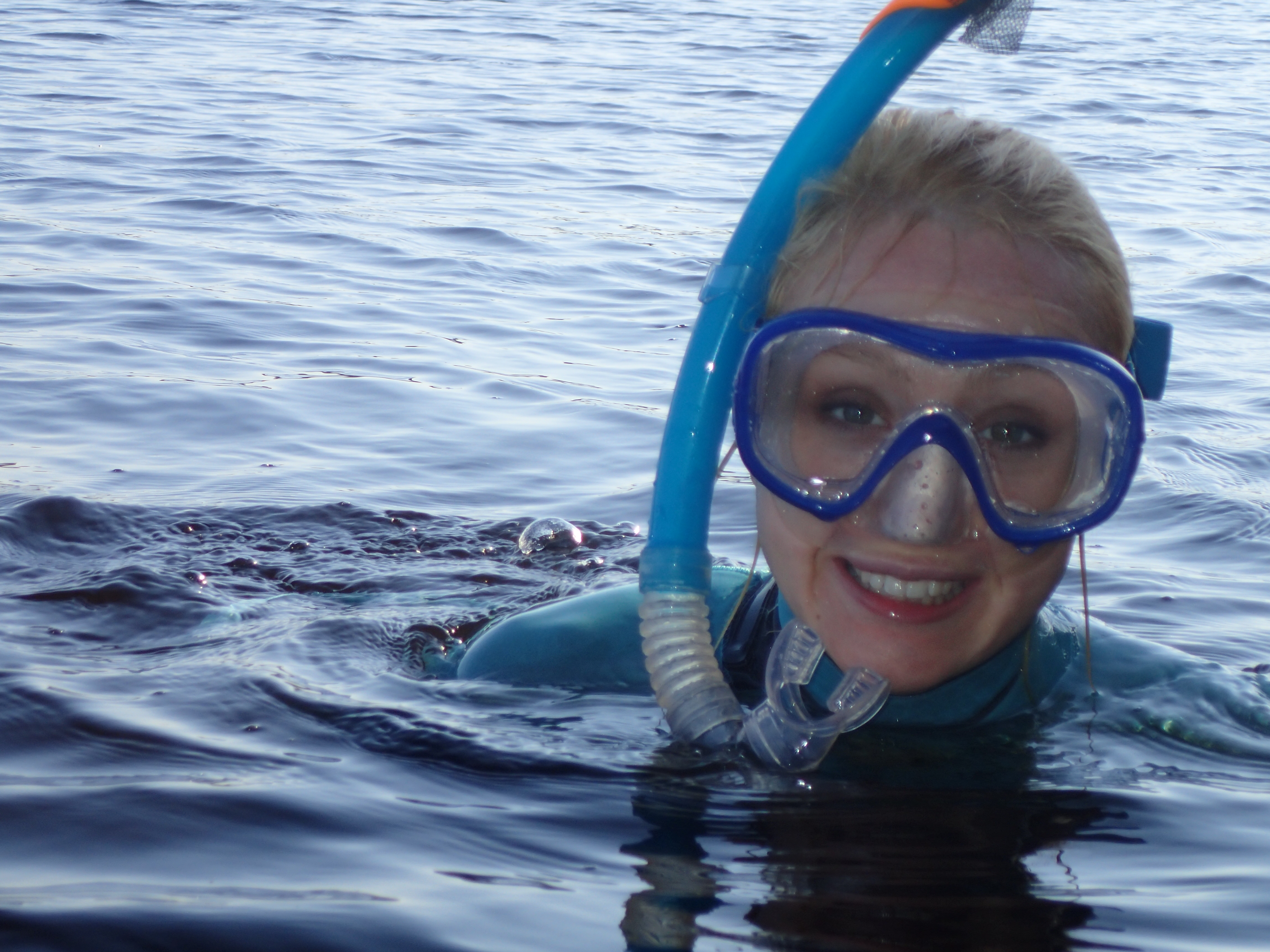
February 20, 2019, by Emma Rayner
Dr Laura Dean solves mystery of a fishy ‘virgin’ birth
In this blog, Dr Laura Dean from the School of Life Sciences, tells the story of her discovery of a fish called Mary who left her and her colleagues flabbergasted when they found live embryos that had been fertilised inside her – a pregnancy that’s not meant to happen in the species.
‘Every spring as (slightly mad) biologists we drive for 10 hours from the University of Nottingham all the way up to the top of the Isle of Skye and then take a 2hr ferry to our field site, the little island of North Uist in the Scottish Outer Hebrides. We do this because we are interested in the evolution and ecology of the three-spined stickleback that live in the lochs and lagoons on the island.
Stickleback are a small teleost fish, a model organism for biological research, and they are great to work with for lots of reasons. They are small, hardy and full of character which makes them easy to transport and great for behavioural experiments. They are also easy to breed and cross in vitro in the lab and have a published genome sequence, which makes genetic work much easier.
The stickleback on North Uist are particularly interesting because the island sports dramatic environmental gradients in various parameters such as pH, food availability and salinity across short distances, and so it provides a natural experimental ground for studying adaptations to different environments.
The day we found Mary was just another normal day of fieldwork. We’d been catching stickleback that were in breeding condition to make in vitro crosses to populate our in house aquarium in Nottingham. We found a very fat female who looked like she was ready to lay her eggs so we took her back to our makeshift lab in the house we rent while on fieldwork. When we got there we realised that the eggs she was carrying were not normal. Normally when females are ready to lay their eggs they are fat but with a smooth abdomen covering nice soft eggs, but Mary’s abdomen was bumpy covering much harder eggs.
In many egg-laying fish species, females occasionally don’t, for whatever reason, lay their eggs when they are ripe and the eggs go hard and get stuck inside the ovaries, giving them this characteristic bumpy abdomen. This is a condition known as being ‘egg-bound’ and when it happens the eggs eventually go bad and the female dies. When we find females like this we are required to euthanize them to prevent any further suffering so this is what we did for Mary when we realised she was egg-bound.
We thought we’d just have a quick look to see what state her eggs were in afterwards and so we performed a dissection (or a fish version of a caesarean section). What we found absolutely amazed us, they eggs she was carrying were not only fertilised, but had developed almost to the stage of hatching INSIDE her ovaries. For an egg-laying fish species this is almost completely unheard of and I really remember looking down the microscope at the tiny hearts of her babies beating inside their eggs, still in her ovaries, and just not being able to believe what I was seeing! After all, stickleback exhibit parental care and the males invest a great deal of energy in fanning oxygen over and caring for eggs safely housed in nests made from pond weed so how these embryos were able to develop normally inside Mary I will never quite understand!
We were lucky enough to have everything we needed with us to care for the eggs and so we were able to bring them back to our aquarium in Nottingham and raise them to adulthood once they hatched. This meant that we could do some simple genetic tests to try and work out how this vanishingly rare event came about and we showed that the offspring must have had a father, because they possessed alleles (versions of genes) that Mary did not, and so sperm from a male must have got inside her somehow, giving her the nickname ‘the Virgin Mary’.
We’ll never know what the fate of the babies, or Mary’s would have been had she stayed in the wild. It is likely that none of them would have made it, but stumbling across this vanishingly rare event is super exciting to the field of evolutionary biology because while the transition from laying eggs to giving birth to live young has happened many times across the animal kingdom, examples of a ‘half-way house’ or partial transition like this are extremely rare.
Mary has shown us that the stickleback reproductive system is far more versatile than we ever could have imagined and sparked new interest in the evolution of pregnancy. She also gave me the shock of my life, and probably the most surprising and exciting chapter of my PhD, which has turned into my first published manuscript. So here’s to Mary, she really was a miracle of science!’
No comments yet, fill out a comment to be the first

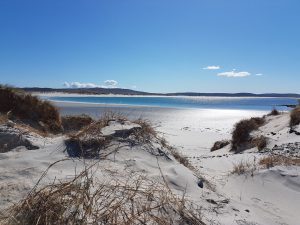
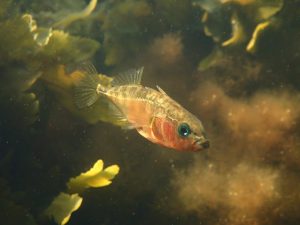
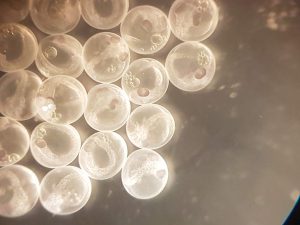

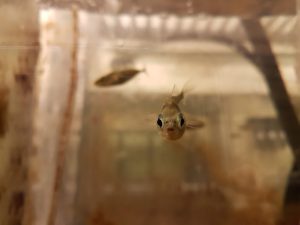
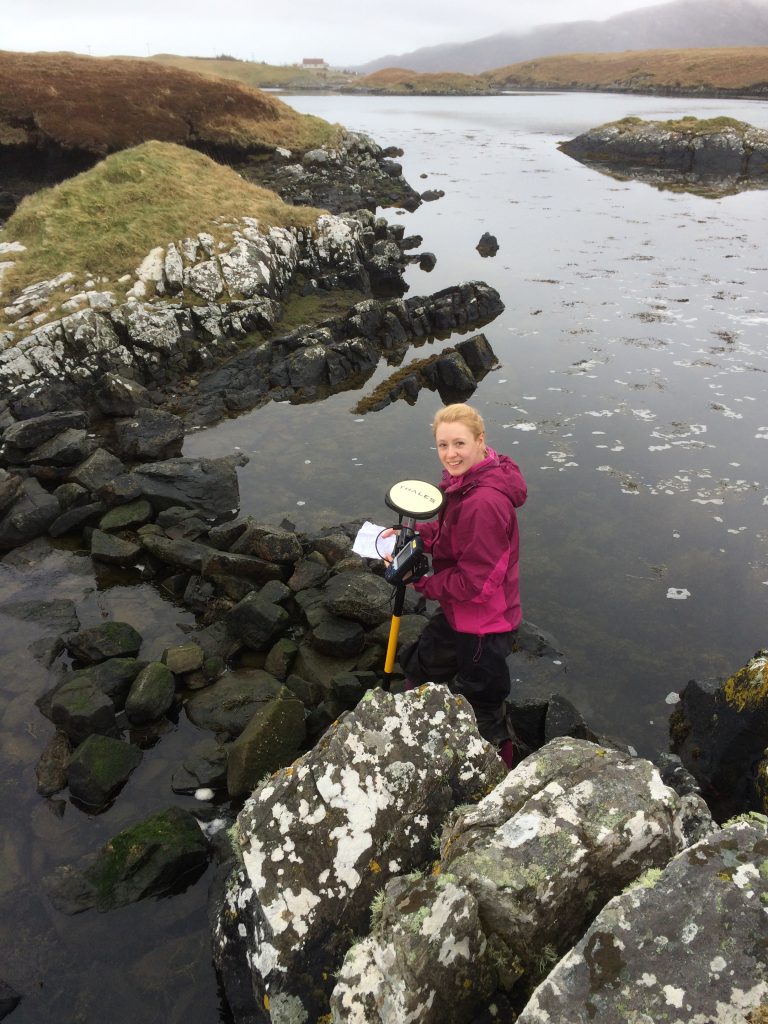
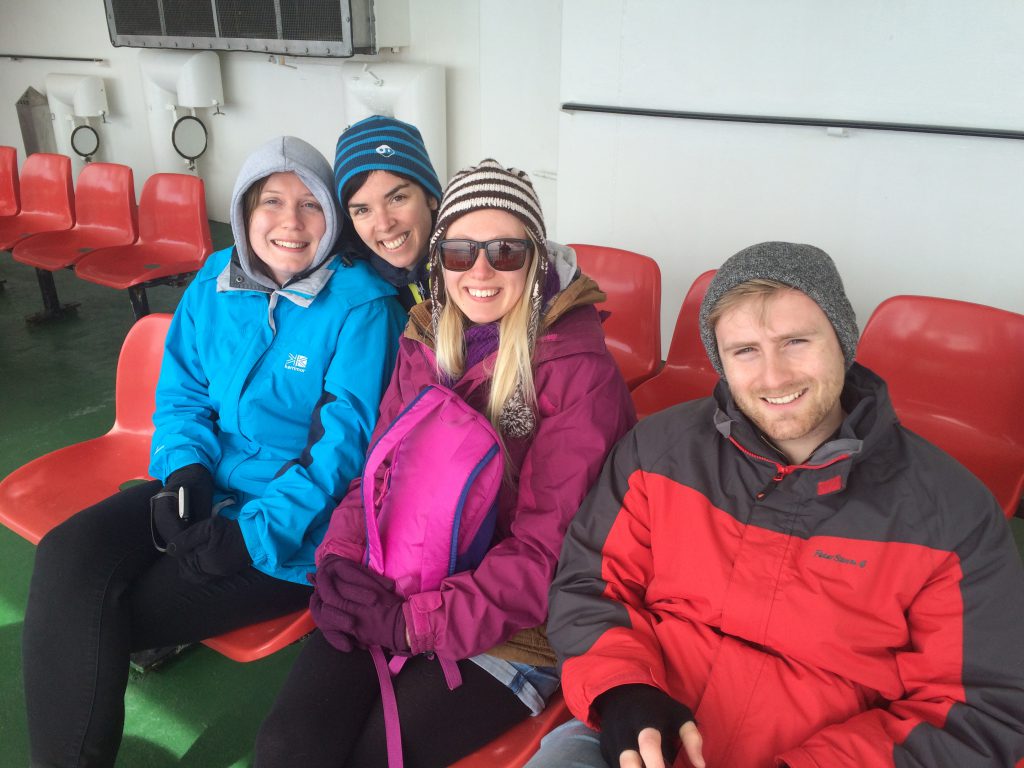
Leave a Reply